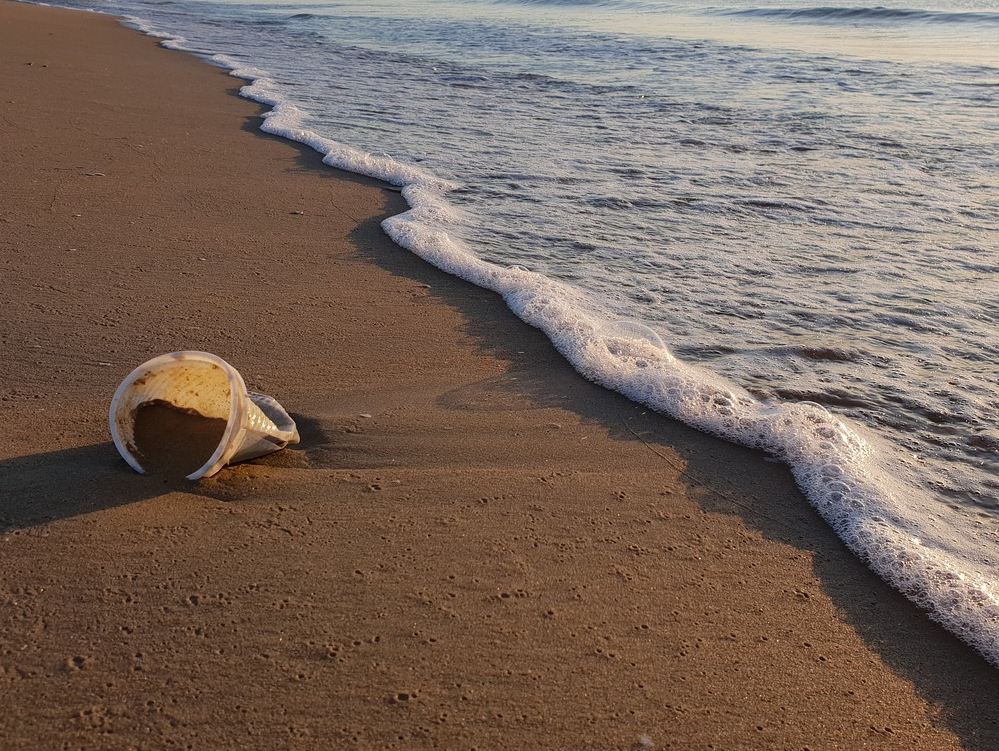Plastic waste is a growing environmental problem. Discarded plastic products can accumulate in the oceans and harm sea life. One potential solution, the biodegradable polymer polylactide (PLA), has so far not fully lived up to its promise, showing little sign of breakdown in seawater. PLA can be manufactured from natural sources, such as corn and potato starch. It can rapidly degrade under specific conditions, such as when composted, and is often used in compostable tableware and cutlery. However, studies of PLA in seawater and soil found no significant signs of degradation after years. There are approaches for making faster-degrading PLA, but these have drawbacks such as altering the material’s properties.
RNA can hydrolyze quickly due to intramolecular transesterification. Inspired by this process, Frederik R. Wurm, University of Twente, The Netherlands, and colleagues have introduced functional groups into PLA to make it easier for the polymer to break down in the ocean. The team added these “breaking points” to PLA during its synthesis by incorporating phosphoester units with hydroxyethoxy side groups, similar to the transesterification sites found in RNA. They created different versions of the modified PLA, containing 3–15% of these sites.
The researchers immersed films of the new PLA derivatives in artificial seawater and measured the change in weight of the films, as well as the release of lactic acid, a degradation product of PLA. The polymer with the highest concentration of breaking points (15 %) broke down completely to lactic acid after two weeks. Polymers with lower concentrations took longer, and some could require as much as several years. These results show that the degradation rate can be tailored by changing the amount of breaking points in the material.
The potential applications are not limited to PLA, according to the researchers. Adding breaking points could also speed up the decomposition of other polymers and become a useful strategy for preventing further marine pollution.
- RNA-Inspired and Accelerated Degradation of Polylactide in Seawater,
Timo Rheinberger, Jonas Wolfs, Agata Paneth, Hubert Gojzewski, Piotr Paneth, Frederik R. Wurm,
J. Am. Chem. Soc. 2021.
https://doi.org/10.1021/jacs.1c07508

![Synthesis of [c2]Daisy Chains via Mechanochemistry](https://www.chemistryviews.org/wp-content/uploads/2025/04/202504_RotaxanesWithSolidStateMechanochemistry-125x94.png)

